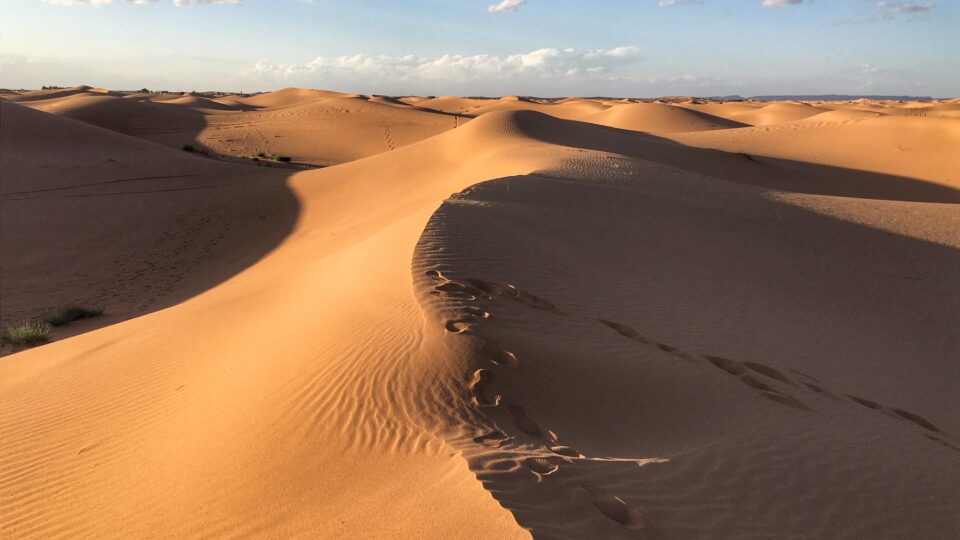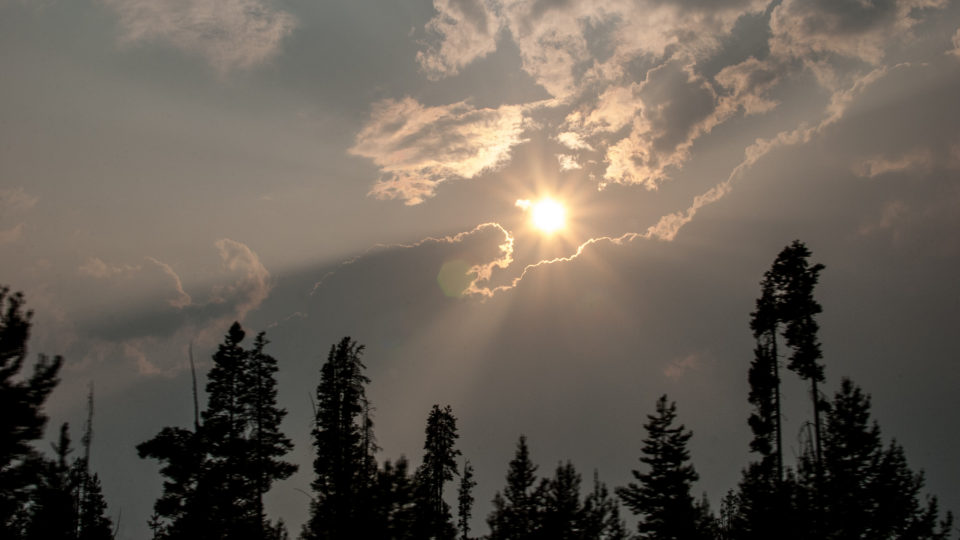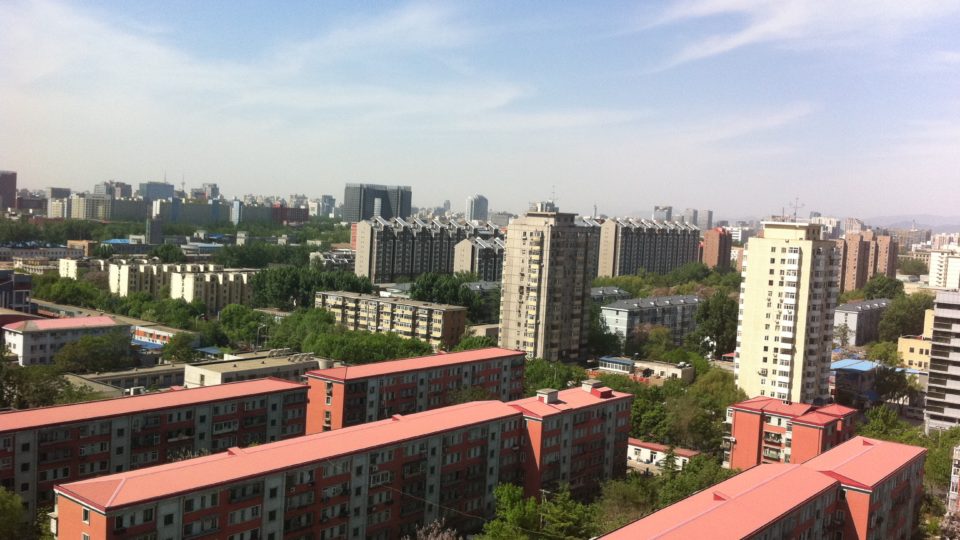Artificial intelligence is everywhere these days. Some say it is the biggest development since the discovery of fire. There is a lot of hype regarding AI, and it will be a while before the hype is sorted out from the reality. But one thing that is certain is that AI is resource-intensive and has a large environmental footprint.
AI use directly produces carbon emissions from its consumption of non-renewable electricity and is also responsible for the consumption of billions of gallons of fresh water.
Various forms of AI run on many types of devices, but the kind of AI we hear about the most – such as ChatGPT – requires specialized computer equipment that runs in large cloud data centers. There are roughly 10,000 such centers worldwide and more are under construction. Estimates are that electricity consumption from data centers will double between 2022 and 2026 to a total of 1,000 terawatts, roughly as much electricity as all of Japan uses.
These estimates include all data center activities, not just AI. Most operators of data centers don’t reveal what percentage of their energy use comes from AI. One exception is Google, which says machine learning accounts for about 15% of its data center energy use.
Data centers also consume a great deal of water to cool delicate electronics. In 2022, Google’s data centers consumed about 5 billion gallons of fresh water.
AI has the potential to improve the efficiency of systems, improve climate models, and perhaps help develop new ways to help reduce humanity’s environmental footprint. But at the moment, it represents an increasing burden on the environment that cannot just be ignored.
**********
Web Links
As Use of A.I. Soars, So Does the Energy and Water It Requires
Photo, posted January 23, 2023, courtesy of Aileen Devlin / Jefferson Lab via Flickr.
Earth Wise is a production of WAMC Northeast Public Radio





